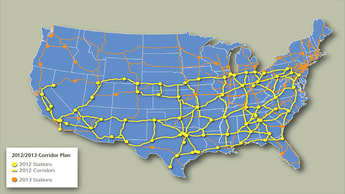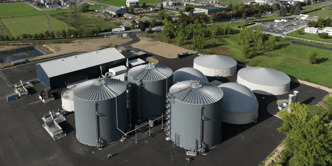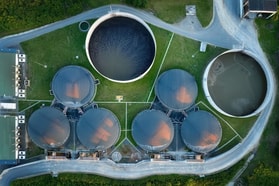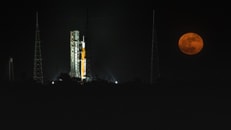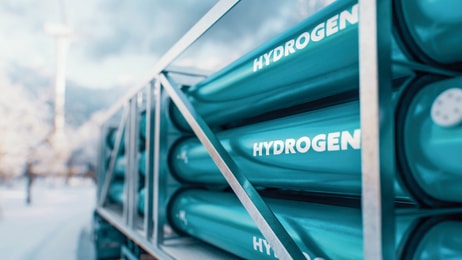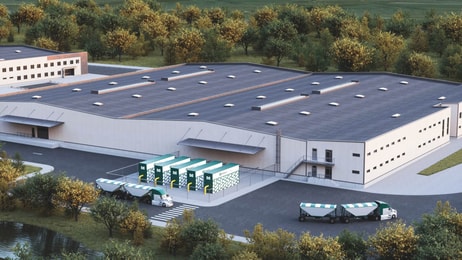2012 Alternative Clean Transportation Expo
There is a buzz in the transportation sector and it’s all about natural gas (NG). The industrial gas business, and its related production, distribution, and applications businesses, develop, design, and build equipment directly applicable to compressed natural gas (CNG) and liquefied natural gas (LNG) powered transportation.
According to CryoGas International publisher, John Campbell: “The industrial gas industry has historic capabilities in the production of LNG and its conversion to gas, high pressure gas and cryogenic liquid storage and transmission, and a wide variety of control technologies. In fact, the advance of CNG and LNG as a vehicle fuel has been in development by industrial gas players since the 1960s. Interestingly, there also is increasing recognition that vehicular NG can be an important part of the pathway to the eventual use of hydrogen as a vehicle fuel.”
Thanks to new developments in oil and gas extraction, NG is in plentiful supply in the US—now and in the foreseeable future. This bounty, according to the Wall Street Journal (“Will Truckers Ditch Diesel?” May 23, 2012), has cut the price of natural gas by 45 percent, making NG more competitive with diesel, even though NG vehicles cost more. As reported in the WSJ article, Waste Management, a leading provider of integrated environmental solutions in the US, says “… 80 percent of the trucks it purchases during the next five years will be fueled by natural gas. Though the vehicles cost about $30,000 more than conventional models, each will save $27,000 a year or more in fuel.” And vehicular LNG and CNG are clean burning fuels, emitting less carbon dioxide that oil fuels, making them eligible for environmental incentives in states like California. On the federal level, legislation has been introduced in both houses of Congress to provide tax credits for natural gas powered vehicles.
80 percent of the trucks it purchases during the next five years will be fueled by natural gas.
In a report by DC Velocity, “LNG—the road to stable truck rates?” (dcvelocity.com) author James A. Cooke explains the largest obstacle for the switch from diesel powered trucks to natural gas is the lack of nationwide infrastruc- ture fueling stations. DC Velocity counts a total of 44 fueling stations for LNG trucks in the US. Although both CNG and LNG can be used in truck engines, CNG high pressure storage adds weight to the load and is not as logical in longhaul uses. Another setback is that natural gas is less dense than diesel meaning trucks need to burn more to get the same power. This is more of a problem for heavy loads and long haul trucking as opposed to short haul fleets like waste management and city buses, which are nearer to central fueling sites.
... to continue reading you must be subscribed


